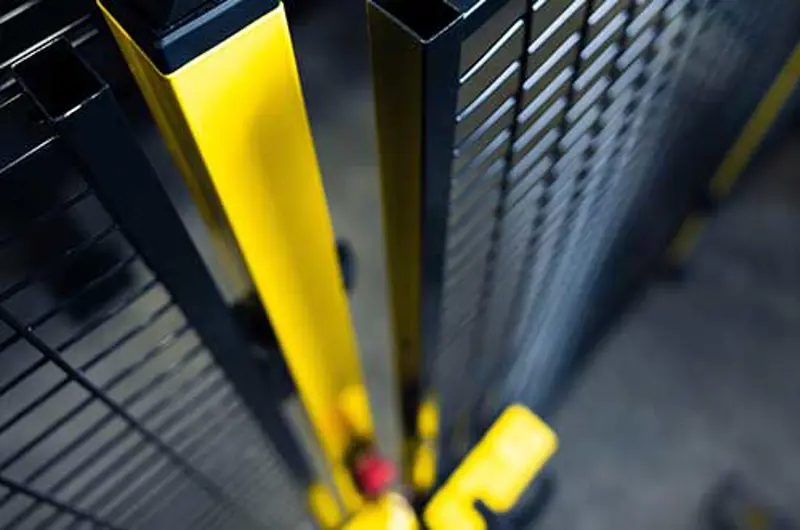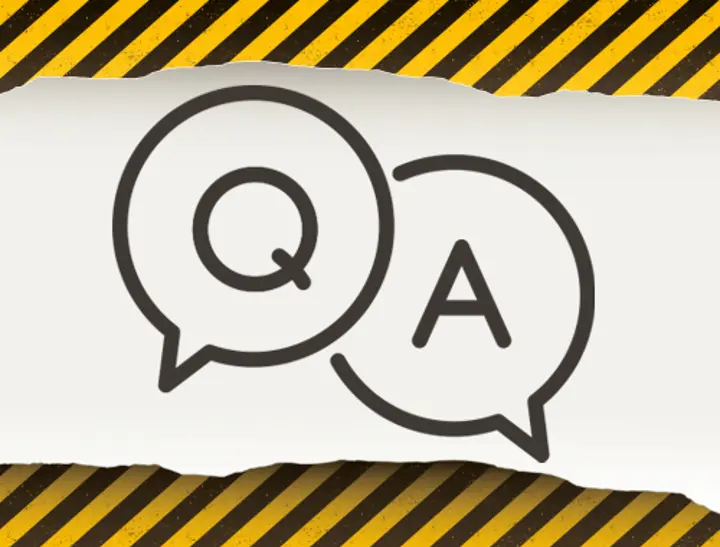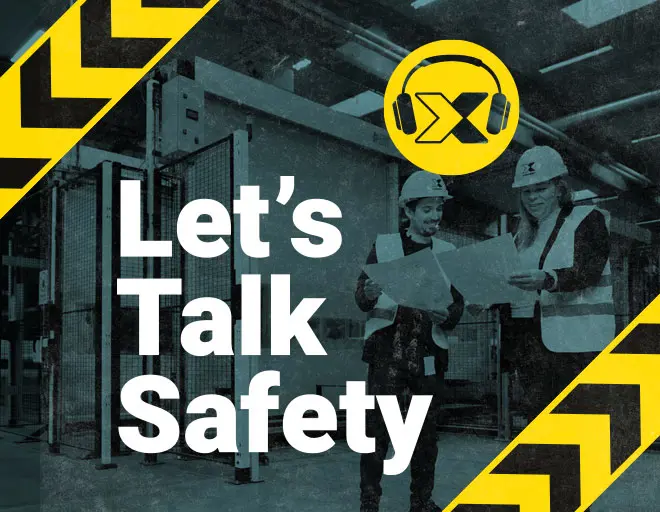-
Protección Maquinaria

Protección de maquinaria
Axelent es uno de los principales fabricantes del mercado de resguardos para máquinas. El sistema completo que suministramos cumple las directivas y normas vigentes.
-
Almacenes
Axelent es una de las marcas líderes del mercado en paneles de malla para la industria y almacenes.
Nuestros productos y sistemas garantizan soluciones flexibles y de ajuste rápido en todas las etapas, desde la preparación del plano hasta el montaje final del producto.
Separación de paredes y soluciones de jaulas
Prevención de caída de mercancías: estanterías para palets
Protección anticaída
Estanterias de malla
-
Protección impactos

Protección contra impactos
Aquí tiene nuestra gama de productos de protección contra impactos. Tenemos de todo, desde bolardos hasta barreras peatonales y mucho más.
-
Bandejas para cables
X-Tray Bandejas para cables
X-Tray es el sistema de gestión de cables propio de Axelent. Dispone de la gama más amplia del mercado, tanto en material como en funciones. Desde el 1 de septiembre de 2022, X-Tray se fabrica, almacena y vende a través de Axelent Wire Tray.






